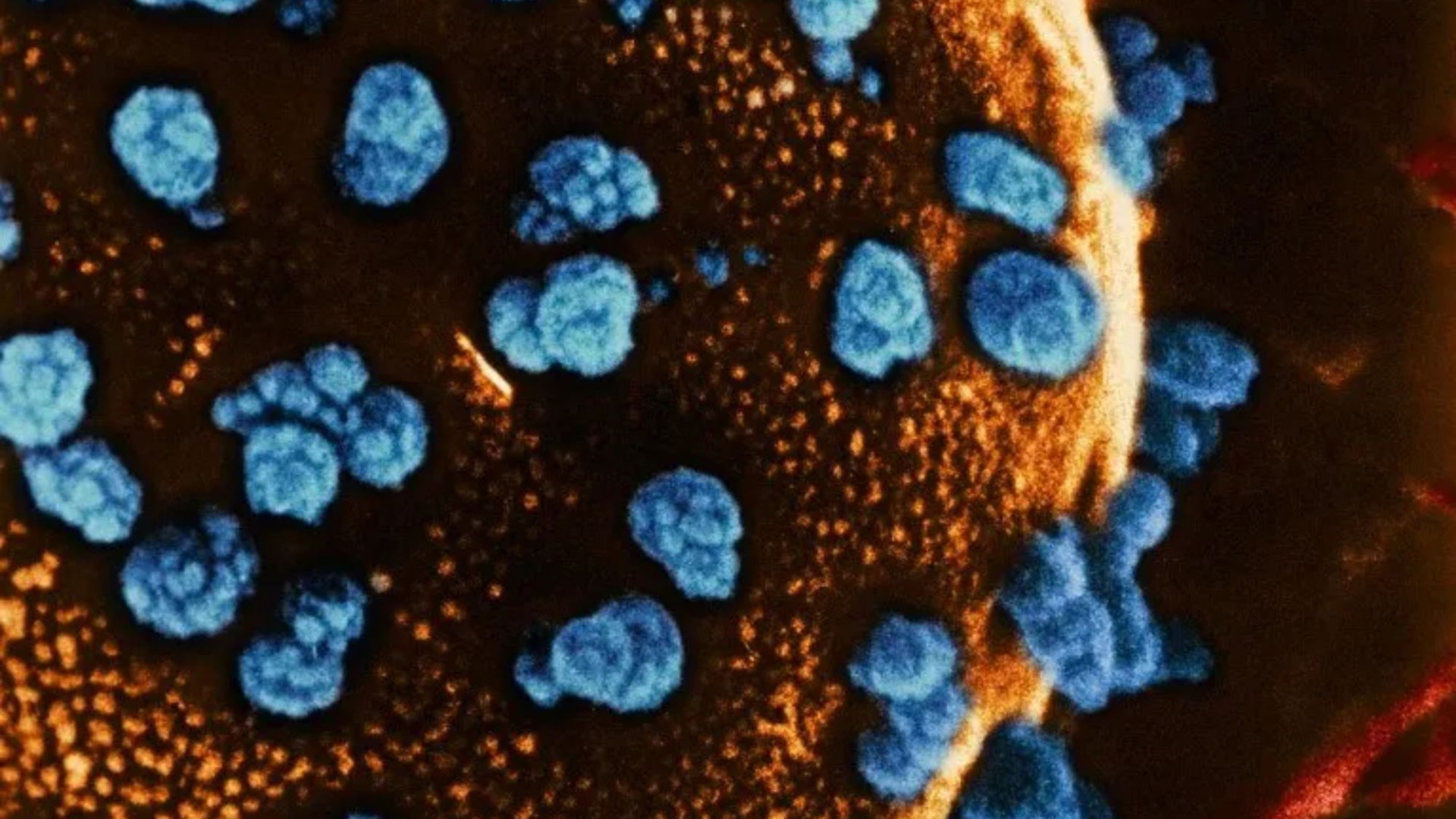SCIENTISTS claim to have reversed a woman’s type 1 diabetes with a pioneering stem cell transplant.
The 25-year-old had suffered from the chronic condition for more than a decade.
1
She previously relied on regular insulin injections, as well as closely monitoring what she ate.
But following “minimally-invasive” surgery using cells from her own body, she started producing her own insulin.
After less than three months, the woman was able to naturally regulate her blood sugar.
“I can eat sugar now,” the patient, from Tianjin, China, said.
“I enjoy eating everything — especially hotpot.”
It is understood to be the first case of its kind.
James Shapiro, a transplant surgeon and researcher at the University of Alberta in Edmonton, Canada, who was not involved with the treatment, described the results as “stunning”.
“They’ve completely reversed diabetes in the patient, who was requiring substantial amounts of insulin beforehand,” he added.
The technique involves converting existing cells into personalised stem cells, which are then used to grow clusters of fresh islets.
During a 30-minute procedure, carried out in June 2023, these were then transplanted into the woman’s abdominal muscles, where they began producing hormones to help regulate sugars in the body.
Two and a half months later, the woman was producing enough insulin to live without needing top-ups, and she has sustained this level for more than a year.
She no longer experiences dangerous spikes and drops in blood glucose levels, which remain within a target range for more than 98 per cent of the day.
“That’s remarkable,” Daisuke Yabe, a diabetes researcher at Kyoto University, said.
“If this is applicable to other patients, it’s going to be wonderful.”
Experts say she will be deemed “cured” if she continues to produce insulin in this way for five years.
Type 1 vs type 2 diabetes
There are two main types of diabetes, which causes a person’s blood sugar level to become too high.
Type 1 diabetes is a lifelong condition where the body’s immune system attacks and destroys the cells that produce the hormone insulin.
It affects around 344,000 people in the UK.
Type 2 diabetes on the other hand is far more common, accounting for more than 90 per cent of the 4.4million adults with diabetes.
It occurs when the body doesn’t produce enough insulin, or the body’s cells don’t react to it properly.
There are no lifestyle changes you can make to lower your risk of type 1 diabetes.
But you may be at higher risk of type 2 diabetes if you are overweight or obese, eat unhealthily, have a family history of the condition, take certain medications for a long time, have high blood pressure, and have had gestational diabetes during pregnancy.
People of Asian, Black African or African Caribbean origin are also at increased risk.
Source: NHS and Diabetes UK
The development, published in the journal Cell, builds on a related milestone in Shanghai in April.
Scientists successfully transplanted insulin-producing islets into the liver of a 59-year-old man with type 2 diabetes.
The islets were also derived from reprogrammed stem cells taken from the man’s own body.
The patient received the groundbreaking cell therapy in 2021 and has been off all medication since 2022.
GLOBAL KILLER
The studies are among a handful of trials using stem cells to treat diabetes, which affects about half a billion people worldwide.
Some 1.5million deaths are directly attributed to it every year, according to the World Health Organization.
Most people have type 2 diabetes, when the body doesn’t produce enough insulin or the body’s cells don’t react properly to it.
But a proportion have type 1 diabetes, which sees the body’s immune system attack and destroy the cells that produce insulin.
Islet cells can be transplanted from donors to treat the condition, but experts say there aren’t enough to meet growing demand.
Recipients must also use immune-suppressing drugs to prevent the body from rejecting the donor tissue, which limits the number of possible beneficiaries.
Scientists hope that using a patient’s own stem cells, which can divide and develop into many different types of cells, could offer “limitless” options.
However, the Tianjin patient was already taking immunosuppressants so it is unclear if similar results would be found in those not on the drugs.
Stem cell transplants – the future
A STEM cell or bone marrow transplant replaces damaged blood cells with healthy ones.
Stem cells are special cells produced by bone marrow (a spongy tissue found in the centre of some bones) that can turn into different types of blood cells – mainly red, white and platelets.
Transplants are often used to treat conditions affecting the blood, such as leukaemia and lymphoma, but scientists hope they will have widespread use for diabetes in the near future.
Stem cells can be taken from the blood or bone marrow of a healthy person – ideally a close family member or someone with the same or similar tissue type – before being transferred into someone else.
However, it is also possible to remove stem cells from your own body and transplant them later after any damaged or diseased cells have been removed.
Source: NHS




